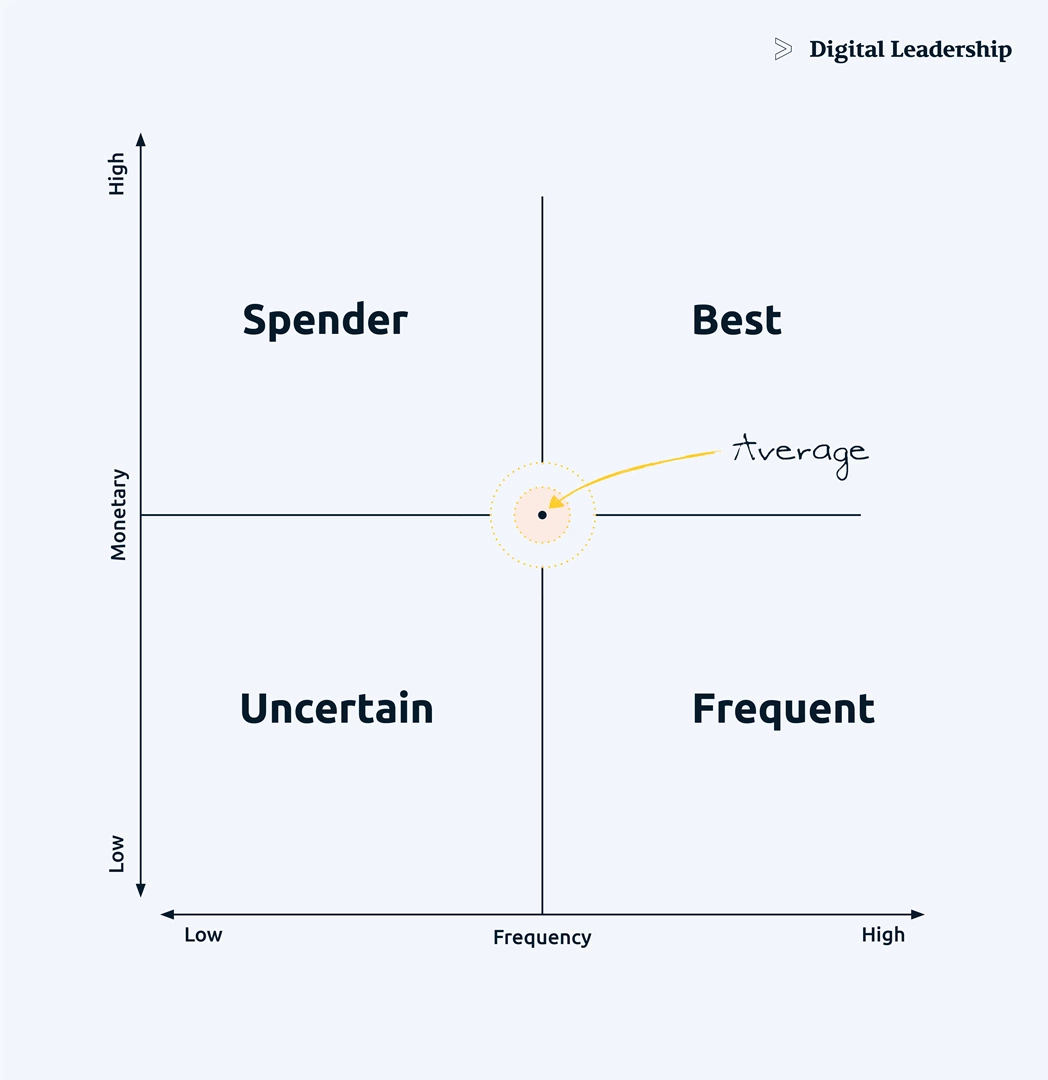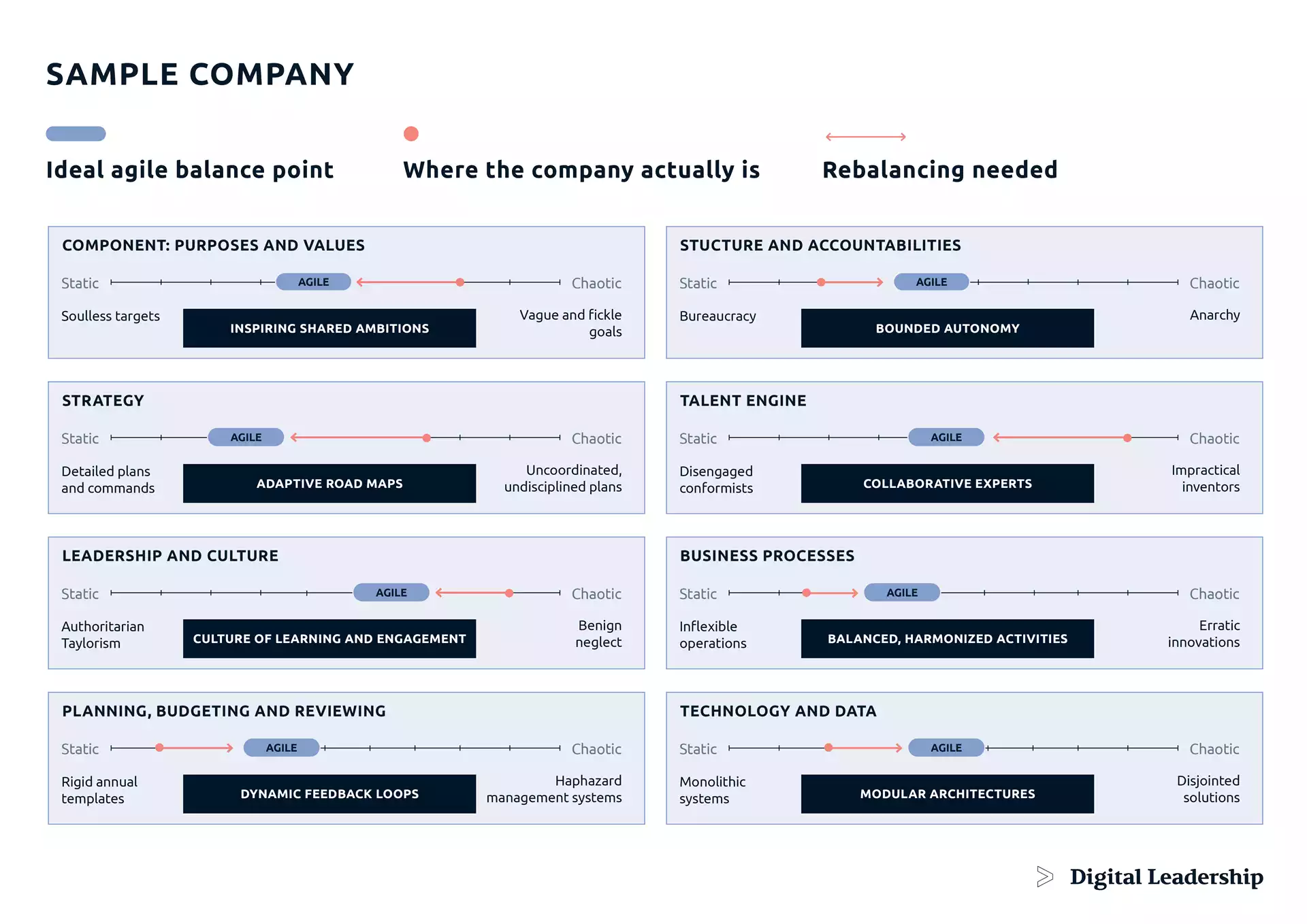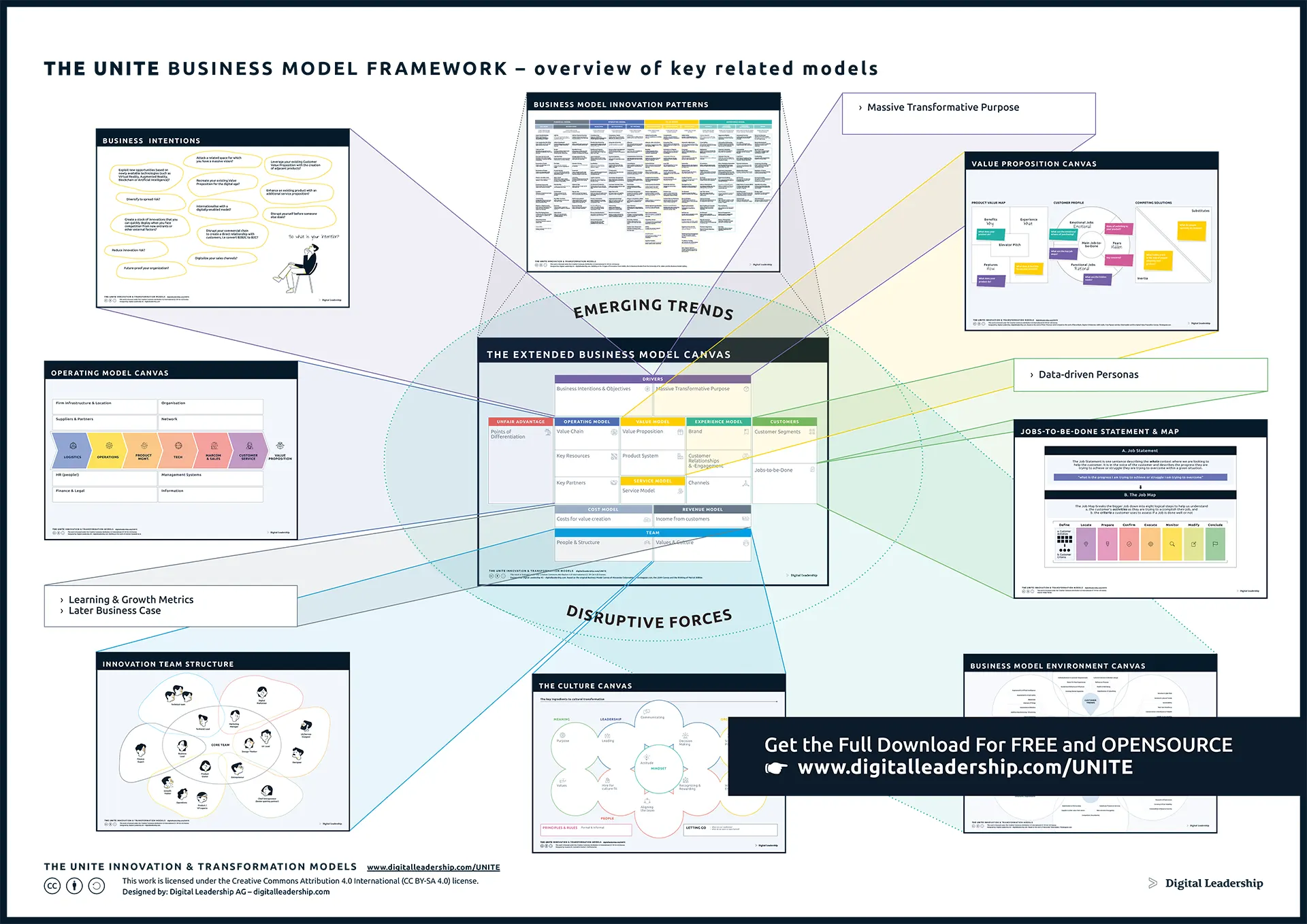How Agile Organizational Change Management Can Boost Customer Relationships
Published: 11 January, 2022
Organizational Development

Table of Contents
Change does not appear randomly but needs a structured approach. With John Kotter’s proven 8 Steps of Change model, you have all the tools needed to structure and implement your change plan from the bottom up. Find out how an agile organization is a key to making the most of your customer relations.
In today’s day and age, we can observe a wide range of approaches to organizational change management. Recently, companies are creating new positions to achieve sustainable customer relationships.
However, as you already know when you have gone through our digital copy of “How to Create Innovation”, in almost all cases, the approach to customer relationship management has nothing to do with real organizational change, as new processes are introduced through outdated top-down approaches.
Changing organizational culture via top-down strategies is prone to failure. Positions and titles change nothing at all. A culture needs to grow from the bottom up to unleash its full potential in an agile and organic way. Why is it so difficult for organizations to implement organizational change and development to reap benefits such as higher revenues, streamlined processes, a highly motivated workforce, and fully-satisfied customers?
Because in most companies, functions still work in silos. There are hundreds of studies on how silos prevent companies from unleashing their full potential. For instance, the UNITE model stands for “understanding and navigating innovation and transformation in enterprises” and gives clear advice on changing organizational culture and as a result accelerating growth exponentially:
- U = Understanding and
- N = Navigating
- I = Innovation and
- T = Transformation in
- E = Enterprises
However, companies are still struggling to establish real organizational change, in which sales, marketing, customer service, purchasing, and product management work collectively towards one common goal rather than competing against each other. In this blog entry, we are going to take a closer look at how to boost customer relationships through agile change management.
How to make the most of all customer segments?
The ultimate goal of a customer-oriented company is to get the most out of its customer relationships. For this purpose, a target group strategy must be used to define which customers are the most valuable ones and which ones are less important to the overall success of the company. Only if you can fully control your customer strategy, you will be able to work efficiently and sustainably.
Here comes the difficult part: You need to assign individual teams to each segment of the below customer relationship matrix in order to develop each segment. Changing organizational culture is necessary, as the teams are cross-functional and only work if you are able to foster organizational change and development in the long run.
Create Innovation by using the strategic approach that you need for the next part of your Journey, Sign Up for our Upcoming Book Today! www.digitalleadership.com/createinnovation

Why do you need change management to boost customer relationships?
Why is organizational change so important for customer relationships? Organizational change is the only way to align goals throughout the entire organization. This approach ensures there are no more competing goals between different functions. When an entire organization is able to align its goals, customer relationship management will improve, as previously conflicting goals inside a functional organization are no longer carried out at the customer’s expense.
The root cause lies in the fact that customer management cannot be controlled by just one single function. You might consider sales to be the primary function when it comes to customer management. However, this is only one part of the story. In theory, all functions work together in order to serve customer needs. In practice, however, we can see the silo effect, in which each and every function pursues its own goals, which in the worst case since it contradicts the goals of other functions.
You can see that the silo structure is not working and creates competing goals, timeframes, and mindsets, which hinders your enterprise to reach its full potential when it comes to customer relationships.
Instead, a holistic approach is needed, in which customer relationship managers work closely together with marketing and sales to foster the most profitable relationships. Each customer segment needs to have specific goals, which are pursued by cross-functional teams. This is why changing organizational culture is essential when pursuing your customer relationship strategy.

Why changing organizational culture is not a top-down approach
Managers with a traditional mindset might be tempted to work on a new, all-encompassing strategy in order to propose organizational change. The truth is, oftentimes managers with hierarchic mindsets are the biggest obstacle to organizational change and development throughout the organization.
As we have pointed out, successful customer management is a company-wide approach. Functions need to efficiently work together, new teams need to be created and new networks need to be formed. Further, customer satisfaction starts with happy employees. Top-down approaches may change processes, but cannot change attitudes and work satisfaction.
This is where humble leadership comes into play. Instead of taking a leading role, the humble leader completely flattens out hierarchies. The term “flat hierarchies” has become a buzzword in recent years, as virtually all organizations have started to use the term in their job descriptions. The truth is, however, flat hierarchies are only achievable if the leader is humble enough to delegate his or her decision power to individual team members.
Further, the humble manager acts as a coach. Instead of delegating tasks, he or she lets teams handle their processes without micromanaging too many details. This leads to work satisfaction, faster turnaround times and allows team members from different functions to work together much more efficiently, as goals are now aligned.
How to Create Innovation is a practical and comprehensive workbook for students, innovators, designers, government, and corporate leaders who appreciate and are curious about the pace of innovation and emerging technologies. It challenges the status quo of our mindsets and beliefs and provides the strategic approaches required for the next part of the journey. Leverage the UNITE Innovation & Transformation framework to build your own story and create a world worth living in! www.digitalleadership.com/createinnovation
How an agile organization is ready for change
You might ask yourself why a humble manager is needed to undertake organizational change. Why isn’t it possible that traditional managers can handle the job? This is where the agile approach comes into play. An agile organization offers enough flexibility to stay innovative and think outside the box, but at the same time has the necessary rigid structures and processes in place to serve current customer demands. At Digital Leadership, we understand the transformative power of agile methodologies and the need for organizations to adapt and thrive in today’s dynamic business landscape. As agile consultants, we are dedicated to meeting the unique needs of businesses and providing them with the necessary support to successfully navigate their agile transformation journey.
As innovation and rigidity are often the opposite parts of a spectrum, an organization needs to find the right balance between the two. Goals need to be a mixture of “changing the world” while still keeping the feet on the ground. As you can see from the depiction below, an agile organization is made up of its components, which all should have the right balance between innovation and rigidity. The right balance point might differ from industry to industry and even organization to organization.

Once your organization has the necessary agility required, your functions will work towards common goals, which will allow you to serve your customers in the most efficient way.
Don’t confuse organizational and procedural change
If it was just one point to take away from the article, you should know that organizational change requires much more than just hiring managers with fancy job titles or changing processes in different functions. These are short-term tasks, which will not have a long-lasting impact on your organizational goals.
To dig a little bit deeper, we advise you to study our UNITE Innovation & Transformation Models in order to get all the tools you need to drive change and increase customer loyalty.
Get access to the 50+ UNITE Innovation & Transformation Models which are fully OpenSource and entirely free to download!
The UNITE Business Model Framework: A Framework for Innovation Success

Designed By: Digital Leadership AG

































 Book How to Create Innovation
Book How to Create Innovation